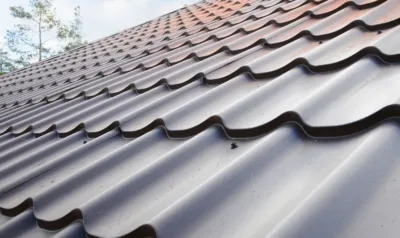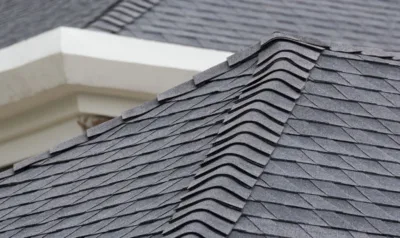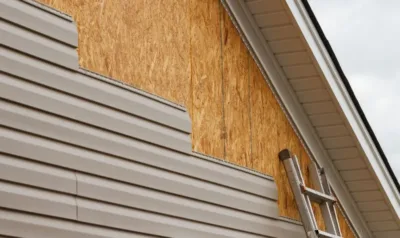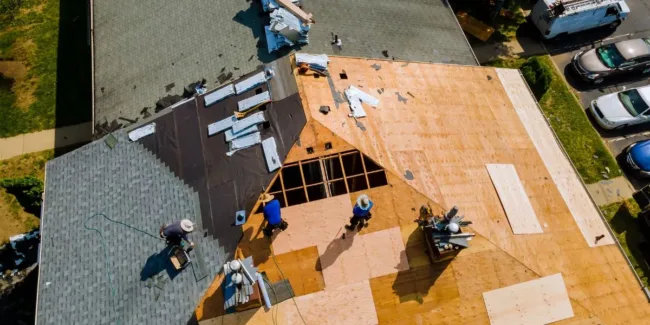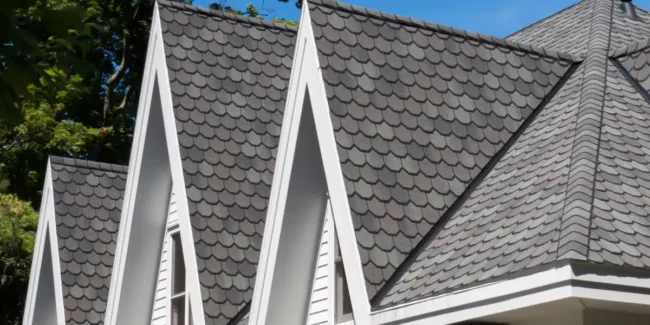What Is Hardie Board Made Of?
Hardie Board is made from a carefully engineered blend of Portland cement, silica sand, cellulose fibers, water, and proprietary additives, resulting in a durable, fire-resistant, and weatherproof siding material. This unique composition, combined with a high-tech manufacturing process, makes Hardie Board one of the most resilient and long-lasting siding options available for modern homes.
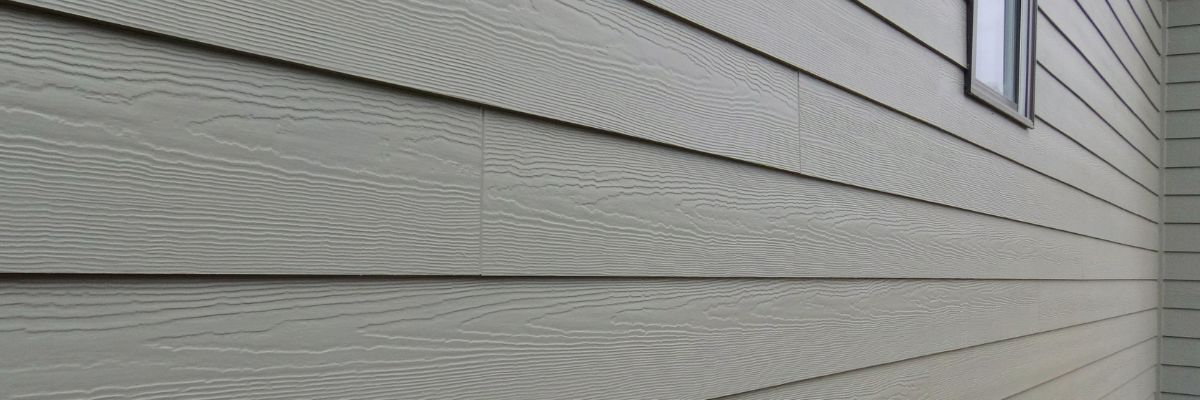
Portland Cement
Portland cement forms the structural backbone of Hardie Board. It provides compressive strength and durability, which are critical for withstanding impact, moisture, and long-term exposure to the elements. Cement also gives Hardie Board its fire-resistant properties, making it a popular choice in wildfire-prone regions.
Silica Sand
Silica sand is added to increase hardness and density. It contributes to the board’s stability and dimensional consistency, helping to prevent warping, cracking, or sagging over time. Silica also ensures that Hardie Board can maintain its form and resist erosion under UV exposure and harsh weather.
Cellulose Fibers (Wood Pulp)
The cellulose fibers, derived from rapidly renewable trees, are what give Hardie Board its flexibility and crack resistance. While cement and sand provide rigidity, these fibers allow for minor movement and help the siding respond to temperature changes without breaking. They also enhance sustainability, reducing the board’s environmental impact.
Water
Water acts as a mixing and forming medium, combining the solid components into a uniform slurry that can be molded and layered. During the manufacturing process, much of the water evaporates or is recycled, but it plays a crucial role in creating a workable fiber cement mixture.
Proprietary Additives
James Hardie includes proprietary chemical additives in its formulation to further boost UV resistance, moisture resistance, and product longevity. These ingredients are part of what makes Hardie Board more durable and lower maintenance than standard fiber cement or wood siding.
The Manufacturing Process: How Hardie Board Is Made
James Hardie’s production process is just as important as its material composition. It uses advanced industrial techniques to ensure every board meets strict performance and consistency standards.
Pulp Creation
The process starts with turning wood chips into fine cellulose pulp. These wood fibers are chemically treated to increase durability and compatibility with cement-based materials.
Mixing
The treated wood pulp is then combined with Portland cement, silica sand, water, and proprietary additives in large mixing tanks. The resulting slurry is a thick, paste-like material that can be molded and shaped.
Sheeting and Layering
The slurry is layered onto a moving belt system, which helps form multiple thin layers that are stacked to the desired thickness. This laminated structure provides additional stability and reduces the potential for expansion and contraction caused by changing temperatures or humidity.
Pressing and Shaping
Once the layers are formed, the wet material is pressed under high pressure to remove excess water and add strength and texture. Presses may also imprint surface patterns that replicate wood grain or stucco finishes for a more natural look.
Autoclave Curing
Next, the pressed boards are moved into autoclaves—large ovens that use heat and pressure to cure the material. This high-tech curing process permanently binds the ingredients together and significantly increases the board’s strength and resistance to moisture and fire. Autoclaving is a key factor that sets Hardie Board apart from other fiber cement brands.
Finishing
After curing, the boards are trimmed to size, machined for precision, and sanded to achieve a smooth or textured finish. Some products are also pre-painted using James Hardie’s ColorPlus® Technology, which provides a baked-on finish that resists fading, chipping, and peeling.
Protective Coatings and Quality Control
Each board is sealed with protective coatings to further enhance weather resistance and reduce moisture absorption. Finished boards undergo rigorous quality control testing to ensure strength, consistency, and adherence to brand standards before being packaged for distribution.
What Makes Hardie Board Unique?
Several features distinguish Hardie Board from traditional wood siding, vinyl, and even other fiber cement products.
Layered Construction
Unlike some siding products made in a single pour or sheet, Hardie Board is composed of multiple fiber cement layers, improving structural integrity and minimizing defects. The lamination process also helps prevent warping and swelling due to moisture.
High-Pressure Curing
James Hardie uses autoclave curing, which means the boards are heated under controlled pressure. This curing process produces a denser, more cohesive product that is less prone to cracking, breaking, or absorbing water over time.
Proprietary Additives
James Hardie’s formula includes exclusive additives that are not found in other fiber cement siding brands. These ingredients give Hardie Board superior UV resistance, flexibility, and moisture tolerance, especially important in climates with heavy rain or high sun exposure.
Long-Lasting Finishes
Hardie Board products with ColorPlus® Technology feature factory-applied coatings that are baked onto the surface. This finish resists peeling, chipping, and fading better than typical paint and significantly extends the life of the product’s exterior appearance.
Summary Table: Hardie Board Composition and Purpose
| Ingredient or Process | Purpose or Feature |
|---|---|
| Portland Cement | Provides strength, fire resistance, and durability |
| Silica Sand | Adds hardness and stabilizes the board |
| Cellulose Fibers | Improves flexibility, prevents cracking, adds eco-value |
| Water | Medium for mixing and forming the slurry |
| Proprietary Additives | Increases moisture, UV, and weather resistance |
| Layered Construction | Enhances dimensional stability |
| Autoclave Curing | Strengthens internal bonds for long-term durability |
| Protective Coatings | Seals in moisture resistance and ease of maintenance |
Final Thoughts: Why Understanding Composition Matters
Knowing what Hardie Board is made of helps explain why it’s such a reliable and durable choice for siding. With a composition that combines Portland cement, silica sand, wood pulp, and proprietary performance-enhancing additives, it delivers outstanding resistance to fire, wind, pests, and moisture.
Combined with a highly engineered manufacturing process—including layering, high-pressure curing, and long-lasting coatings—Hardie Board offers homeowners a siding product that is not only strong and sustainable but also attractive and easy to maintain.
Ready to upgrade your siding with Hardie Board? Contact Home Genius Exteriors today for a free consultation. Our experienced team specializes in the expert installation of James Hardie fiber cement siding, helping you achieve a long-lasting, weather-resistant, and beautifully finished exterior. Let Home Genius bring durability, style, and peace of mind to your next home improvement project.

